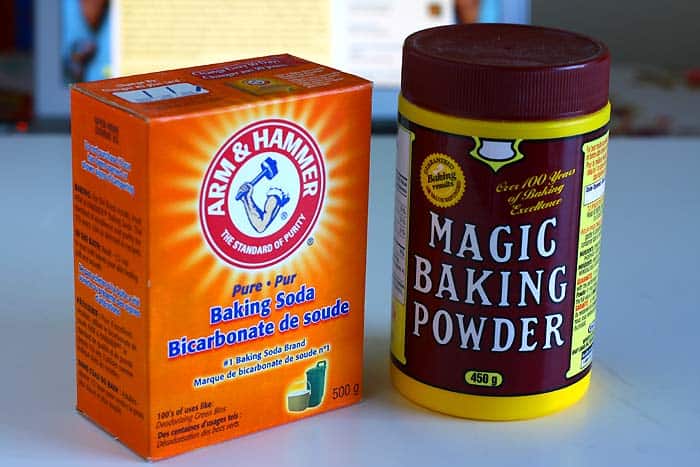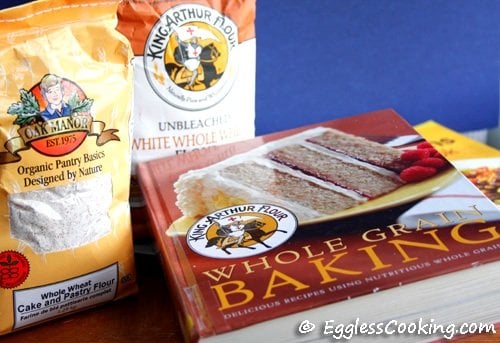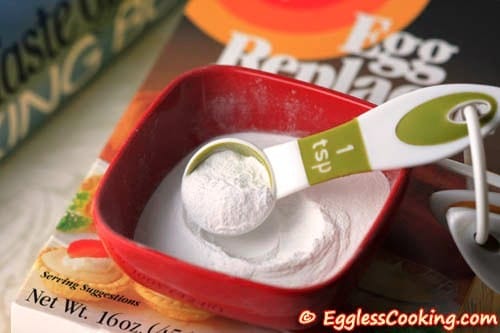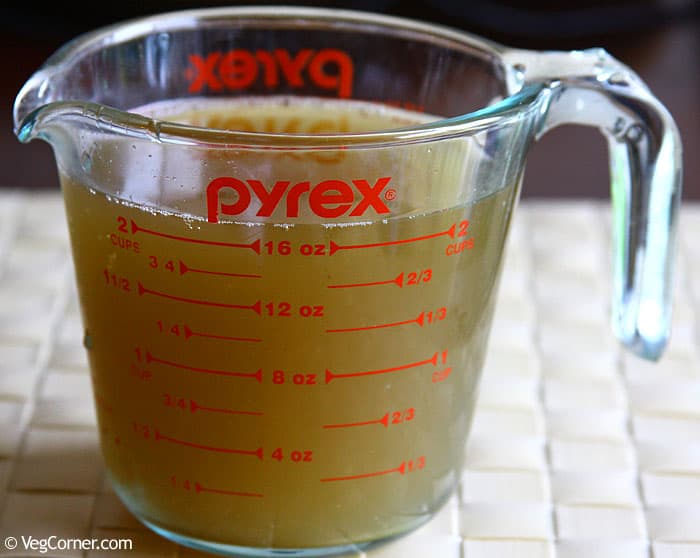
One of the most frequently asked questions is what is the difference between baking soda and baking powder and if one could be substituted for other. So I put together this post to clarify all those questions. Hope you find it helpful.
[bwla_faq faq_category="baking-soda-vs-baking-powder" orderby="id" order="ASC" sbox="1" paginate="1" pag_limit="20" list="0" /]





Gurmeet Kaur Rajpal says
I’m so glad that you’re sharing recipes and I also want to ask can you provide coaching as well .